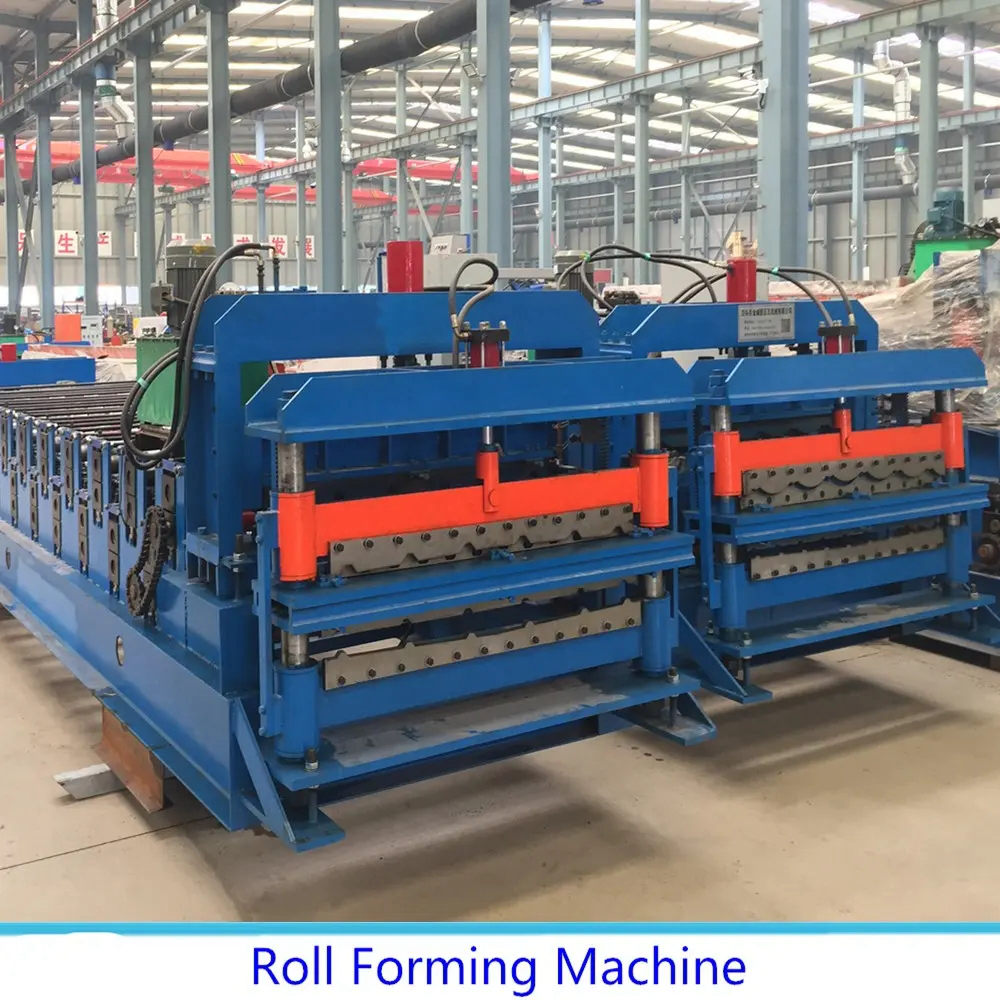
Metal Sound Barrier Cold Bending Machine Enhancing Acoustic Solutions
In the pursuit of sustainable urban development and improved living conditions, noise pollution has become a pressing concern in many metropolitan areas. To address this issue, sound barriers are widely employed along highways, railways, and industrial zones to mitigate the impact of noise on surrounding communities. One of the innovative solutions in this field is the metal sound barrier cold bending machine, a cutting-edge technology that streamlines the production and installation of these essential acoustic barriers.
The need for effective sound barriers has grown significantly due to the rise in transportation infrastructure and urban density. Traditional sound barriers, often made of concrete or wood, can be cumbersome, costly, and less aesthetically pleasing. Metal sound barriers, on the other hand, offer a lightweight, durable, and visually appealing alternative. These barriers are effective in reducing noise levels while being easier to install and maintain.
The cold bending process used in metal sound barrier manufacturing is particularly advantageous. Unlike traditional methods that involve high-temperature bending, cold bending allows for the shaping of metal without compromising its structural integrity. This technique enhances the strength and durability of the barriers while enabling intricate designs that can blend seamlessly into various environments. Moreover, cold bending minimizes the risk of material defects, ensuring that the final product meets stringent quality standards.

A metal sound barrier cold bending machine is an advanced piece of equipment specifically designed for this process. It operates using hydraulic or mechanical systems to apply force on metal sheets, allowing for precise bends and contours. These machines can handle various types of metal, including aluminum and galvanized steel, which are commonly used for sound barriers. The ability to customize the dimensions and shapes of the panels makes this machine invaluable for meeting specific project requirements.
One significant advantage of utilizing a metal sound barrier cold bending machine is the efficiency it brings to production. The automated processes reduce labor costs and production time, enabling manufacturers to deliver sound barriers more quickly. This efficiency is crucial for large-scale projects where timely completion is essential. Additionally, the precision of the machine reduces material wastage, making it an environmentally friendly choice.
Furthermore, the aesthetics of metal sound barriers can greatly enhance the urban landscape. With the flexibility provided by cold bending technology, designers can create panels that feature artistic patterns or colors, transforming what is often a purely functional element into a visual focal point. This capability ensures that sound barriers not only serve their primary purpose of noise reduction but also contribute to the overall beauty of public spaces.
In conclusion, the metal sound barrier cold bending machine represents a significant advancement in the manufacturing of acoustic barriers. By combining functionality with aesthetic appeal, this technology addresses the dual challenges of noise pollution and urban design. As cities continue to grow and evolve, the role of efficient and effective sound barriers will be increasingly vital, making innovations in this field essential for creating quieter and more pleasant urban environments.